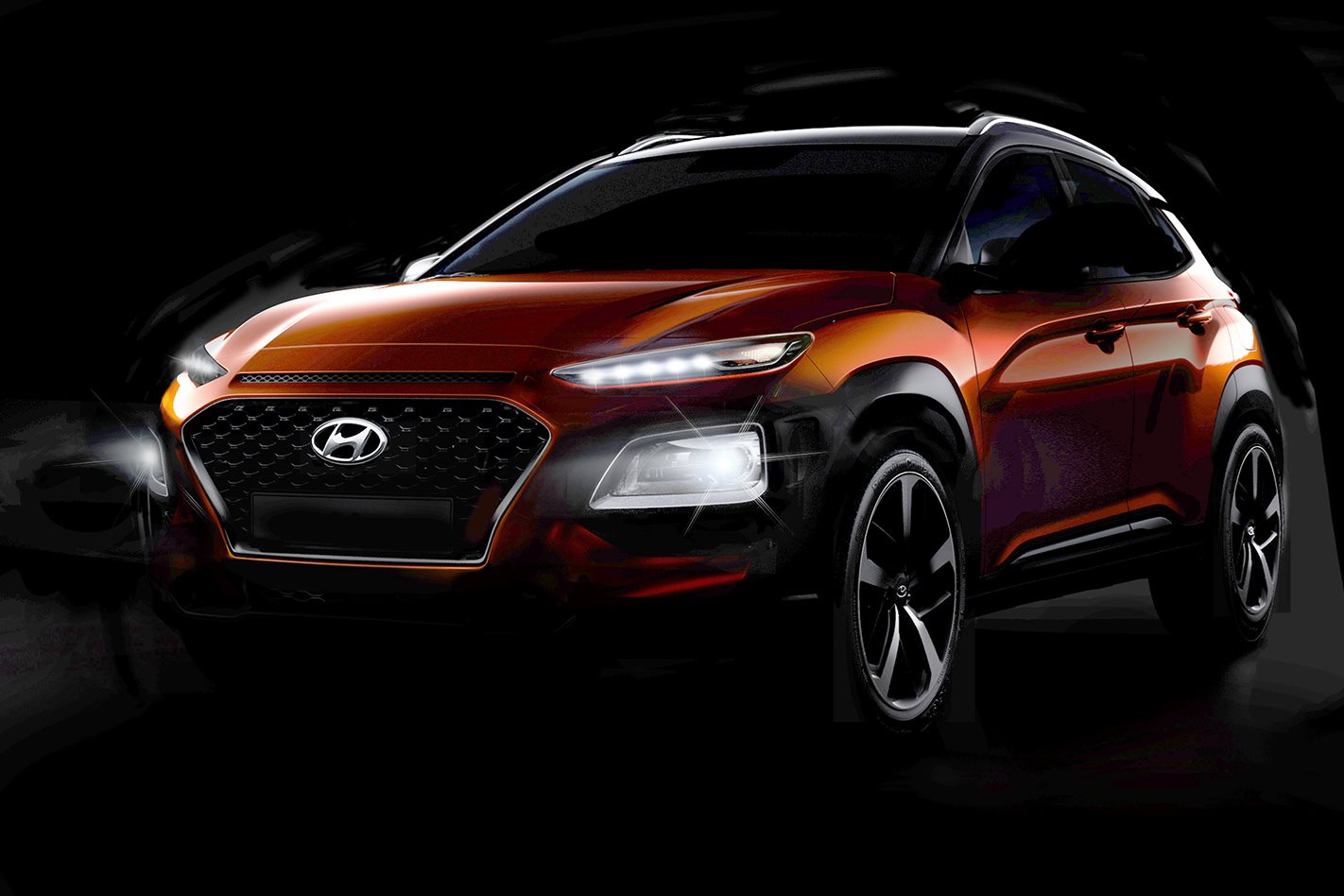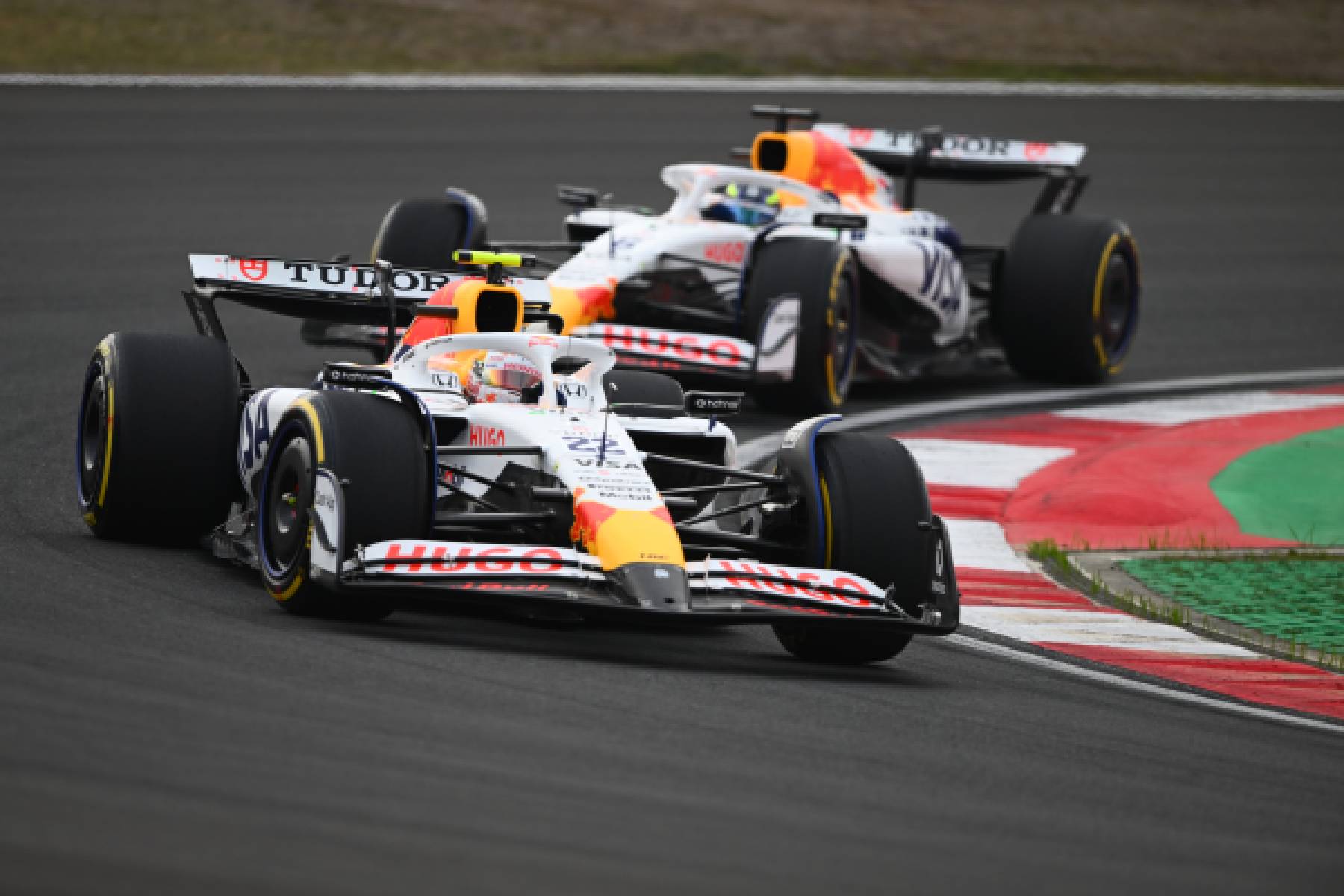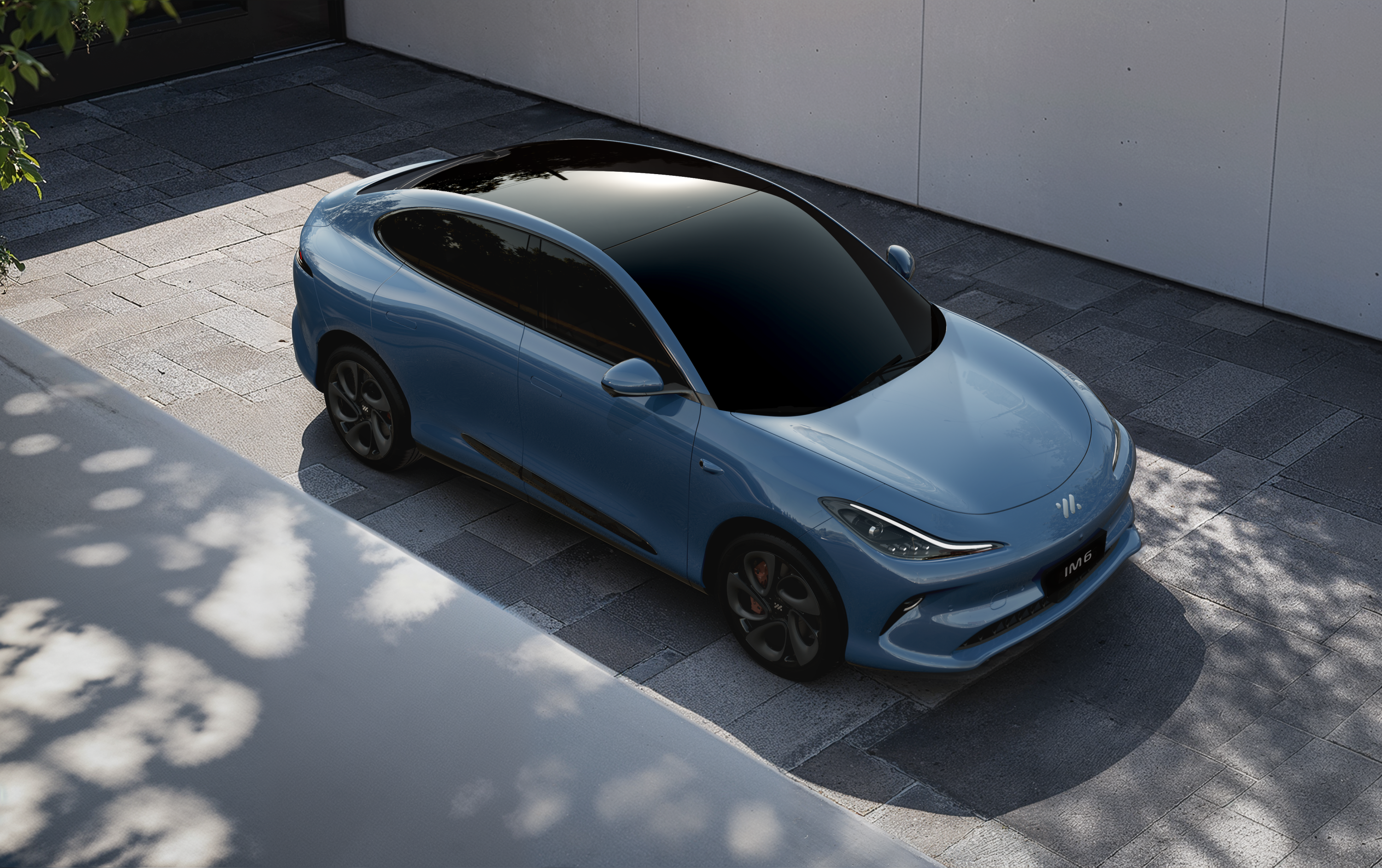
LESS than a week out from the Hyundai Kona’s official unveiling, the Korean car maker has effectively lifted the veil from its edgy compact SUV in a set of official teaser images and video.
Some light Photoshopping is all that’s needed to bring out the detail in these shadowy “teasers” (and we’re using that term loosely here), revealing almost all of the Kona’s final form. Pumped guards lend it a squat stance over a jacked-up ride height, while a multi-element front lamp arrangement recalls the Citroen C4 Cactus, Jeep Cherokee and Nissan Juke.
Around the back, slim tail-light clusters with distinctive LED light bars are paired with a separate combo lamp containing the reversing lights, reflectors and rear foglights. The tailgate apes the design of the front fascia, with the numberplate recess echoing the shape of the Kona’s six-sided front grille.
Side sheetmetal is surprisingly aggressive for a Hyundai, with a pronounced shoulder crease linking its swollen front and rear wheelarches. Black plastic body cladding is de rigeur for the segment, and is used liberally on the Kona’s flanks, while the roof of this car features a contrast colour to accentuate its ‘floating’ C-pillar graphic – much like the new Suzuki Swift, Toyota C-HR and Holden Astra.
Sized to compete with the Mazda CX-3, Honda HR-V and the aforementioned C-HR and Juke, the Kona marks a radical shift for Hyundai. Rather than simply relying on value as a selling point, the Korean car maker is hedging its bets by using edgy design to lure buyers.

With design and development largely led by Hyundai’s European office (which also did much of the heavy lifting on the new i30), the Kona owes more to the radical Intrado concept of 2014 than it does to Hyundai’s ix25 small SUV, which is pitched at developing markets such as India and China rather than mature markets like Australia.
Hyundai also claims technology will form a key part of the Kona’s arsenal. On top-grade models the Kona will offer an eight-inch colour head-up display, however the car maker doesn’t detail what other cutting-edge features will accompany it. Expect a robust safety suite, however, with AEB expected to be offered range-wide (though potentially as a cost option on the base model).
For Australia, a two-engine line-up is likely with a 2.0-litre petrol engine borrowed from the i30/Elantra powering low-end models, while a Tucson-sourced 1.6-litre turbo petrol is expected for high-grade variants. Pricing is still far from locked in, but we can expect it to align roughly with the Mazda CX-3, which starts from just under $20K and stretches to the $37K mark.
As with the rest of Hyundai’s local offerings, an Australian-specific suspension tune is virtually guaranteed for Oz-bound Konas.



